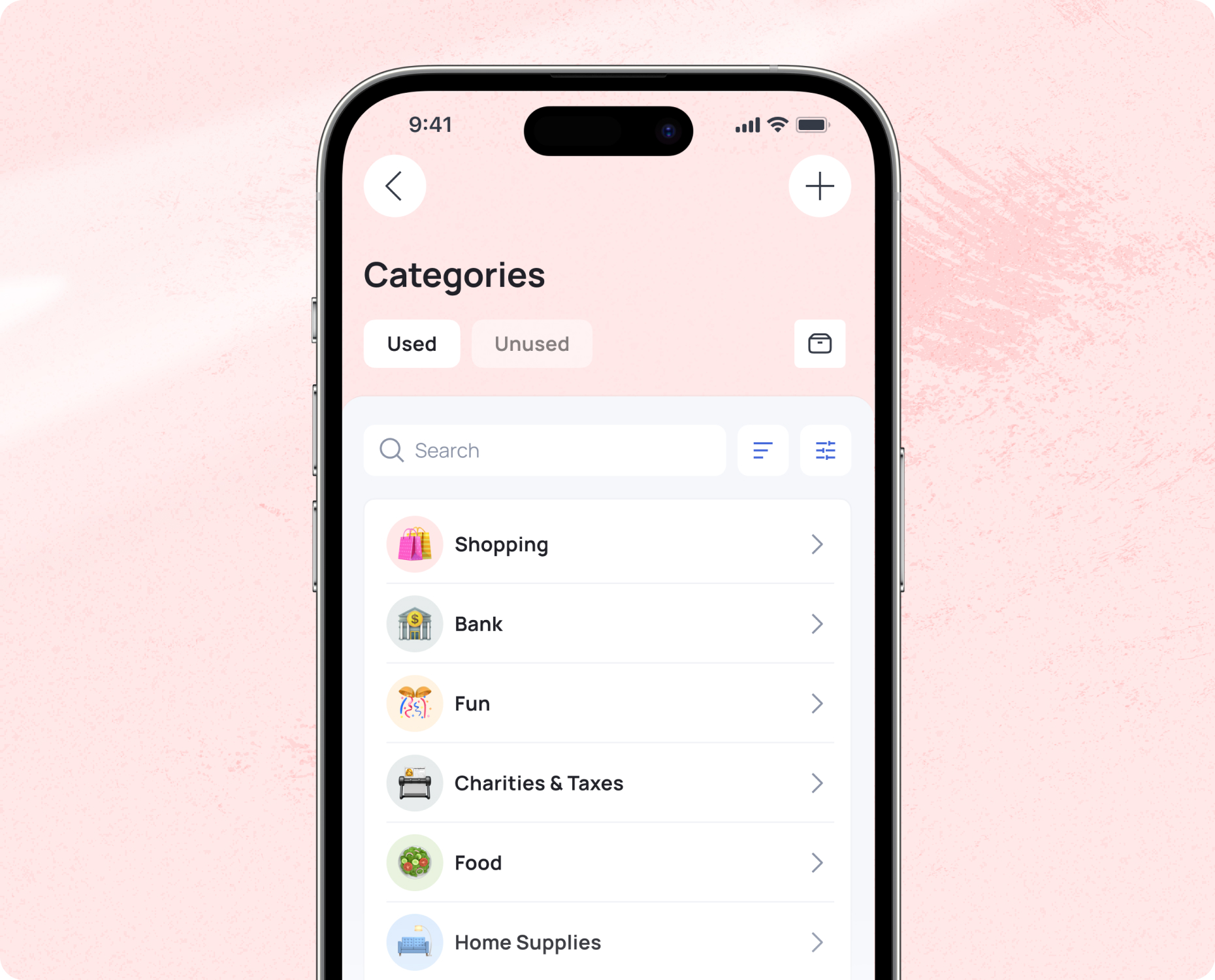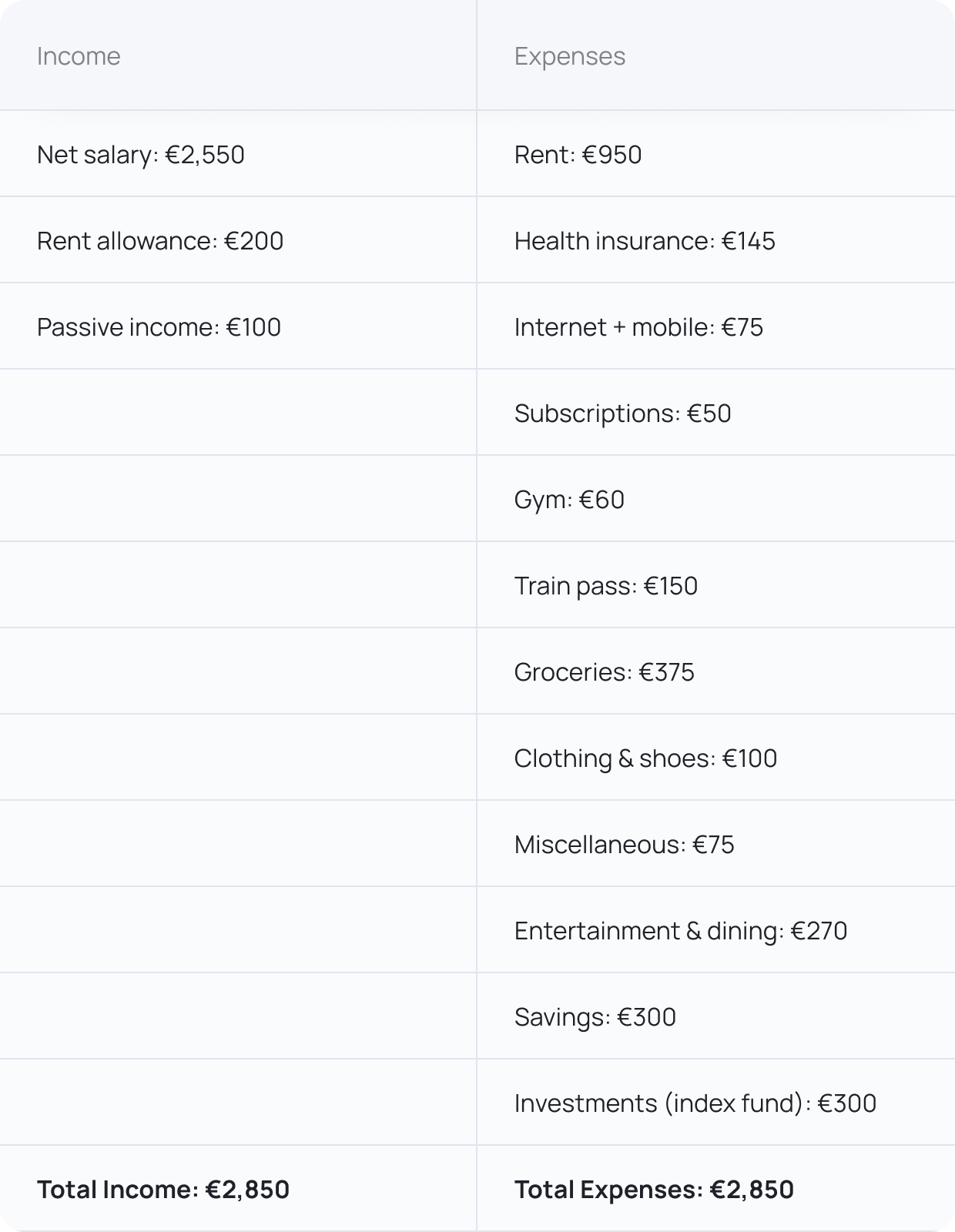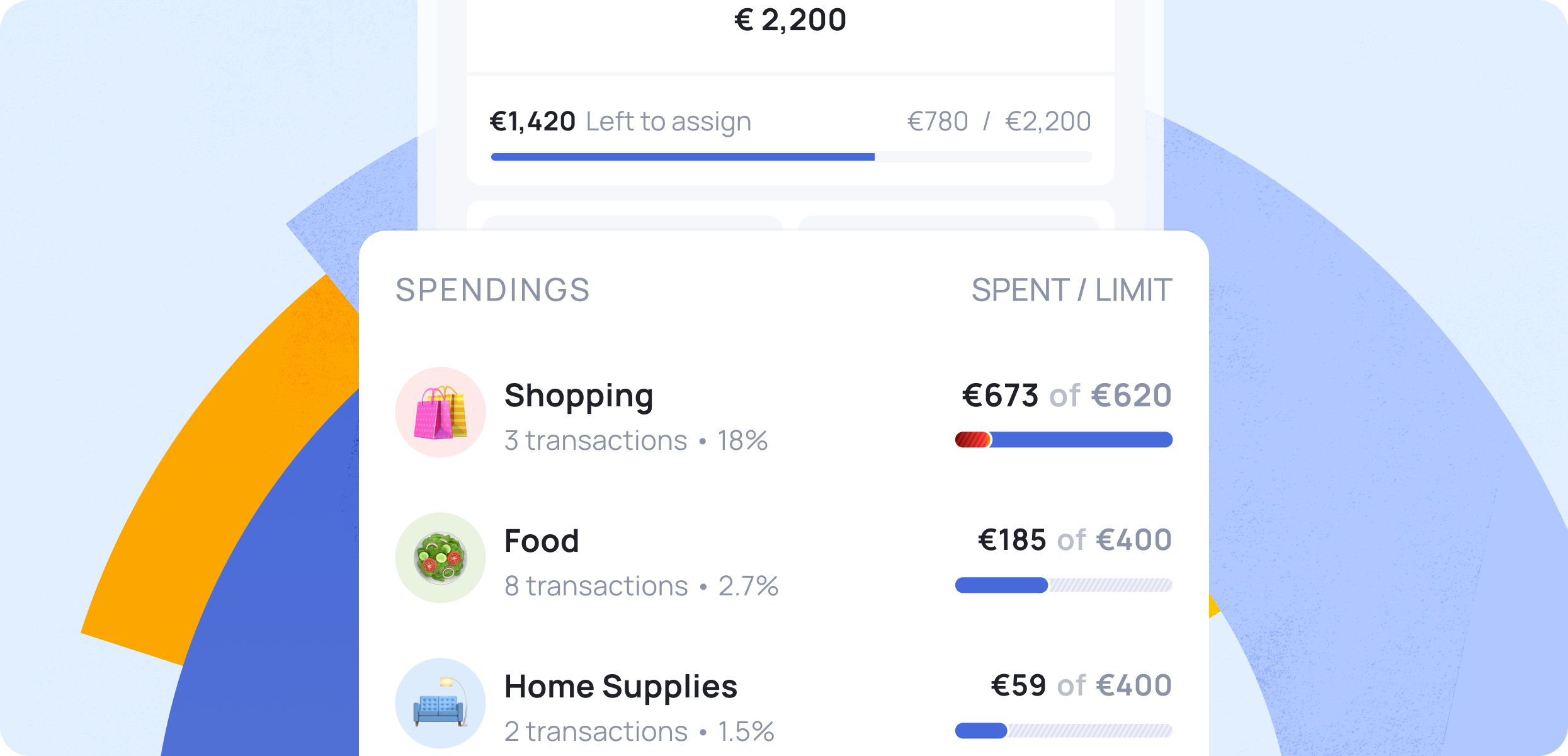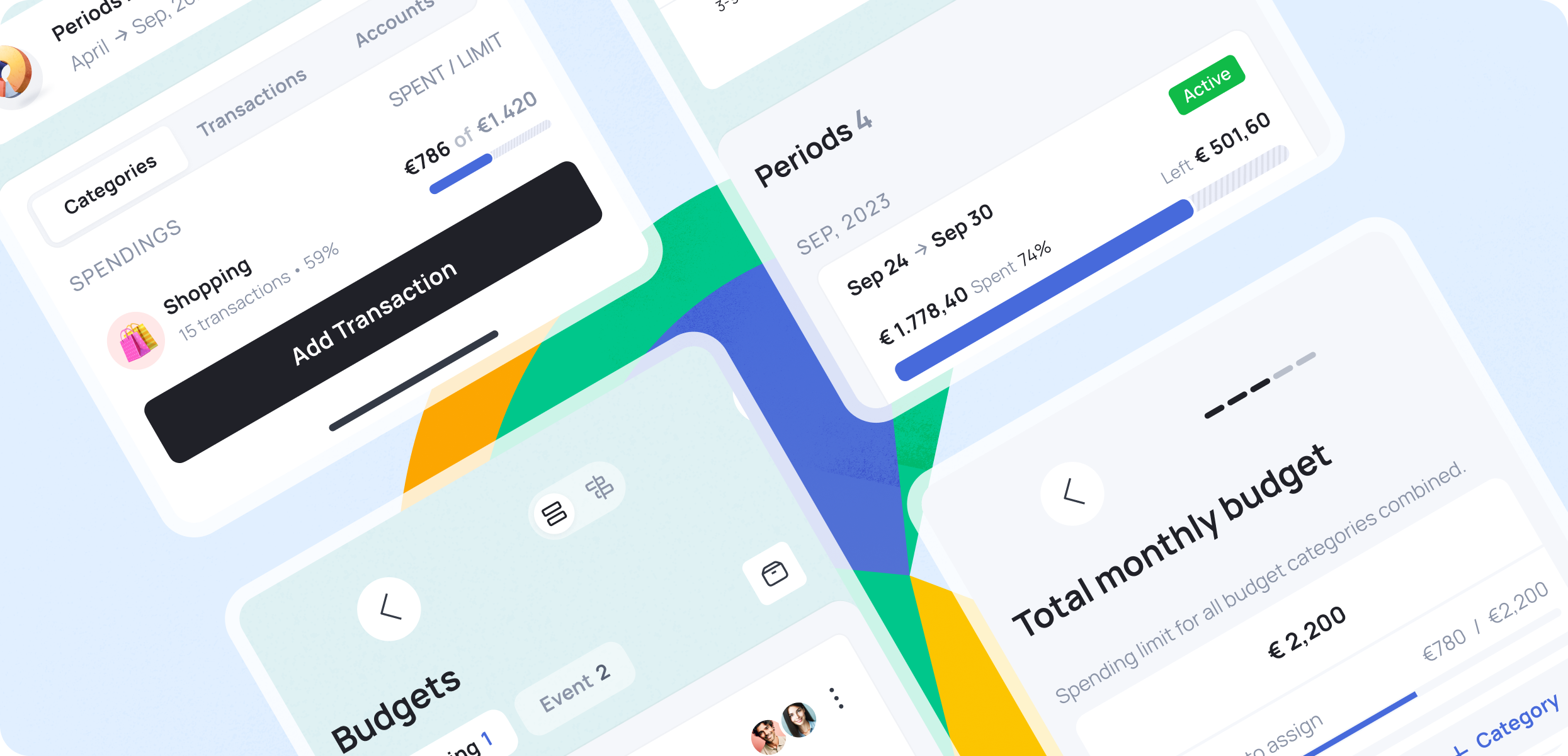Zero Based Budgeting in a Nutshell
Zero Based Budgeting means assigning a specific purpose to every euro you receive, so your balance reaches zero by the end of the month. You typically start with fixed expenses like rent or mortgage and insurance, then allocate the remaining euros to categories such as groceries, investments, nights out, or clothing. Unlike traditional budgeting, where you spend what is left over, this method requires you to decide in advance where every euro will go.
Zero Based Budgeting in Practice
In practice, Zero Based Budgeting works best when you plan month by month, while also anticipating upcoming expenses. Each month, ask yourself three key questions:
- What income will I receive this month?
- What expenses must I cover this month?
- What amount do I want to save or set aside for future needs?
1. What income will I receive this month?
Make a list of your monthly income. Think about your salary, but also benefits and passive income like dividends or rental income.
2. What expenses must I cover this month?
Make a list of categories you will spend money on. Start with essential fixed costs that are the same every month, such as:
- Housing costs
- Insurance
Then you can allocate the remaining funds to other categories, such as:
- Groceries
- Subscriptions
- Transport
- Clothing
- Personal care
- Entertainment

3. What amount do I want to save or set aside for future needs?
Make a list of future expenses to prepare for now. These can include one-time necessary costs (e.g., municipal taxes in spring), periodic expenses (e.g., quarterly sports club fees), or savings goals (e.g., a summer holiday). You might also want to build a general financial buffer without a specific goal, which fits well within this method.
Example of Zero Based Budgeting
Here is a simplified example of someone who lives alone in an apartment and allocates their income carefully each month. Of course, you can make the list more detailed by adding more categories or including bullet points under each.

Advantages of Zero Based Budgeting
Zero Based Budgeting gives you complete control over your spending. By assigning every euro to a specific purpose, you know exactly where your money goes and avoid unnecessary spending.
✅ Excellent financial overview
✅ Purposeful spending and saving
✅ Flexible — you create a new budget each month based on your changing circumstances
Disadvantages of Zero Based Budgeting
Of course, there are some downsides. This method requires discipline and monthly planning.
❌ Time-consuming
❌ Limited room for spontaneous spending (though you can create a separate budget for that)
❌ Can become overwhelming if you create too many categories
Want to learn more about budgeting? Read more about different budgeting methods.
Grassfeld: Your Budgeting Partner 🫰
Want to get (and stay) in control of your personal finances and start budgeting? Grassfeld can help! With the handy mobile app, you can set monthly budgets per category, so you always know if you are staying on track. You can also categorize and analyze your income and expenses, giving you a clear overview of where your money goes. Whether you are starting with Zero Based Budgeting or another method, Grassfeld is your ideal budgeting partner!





















